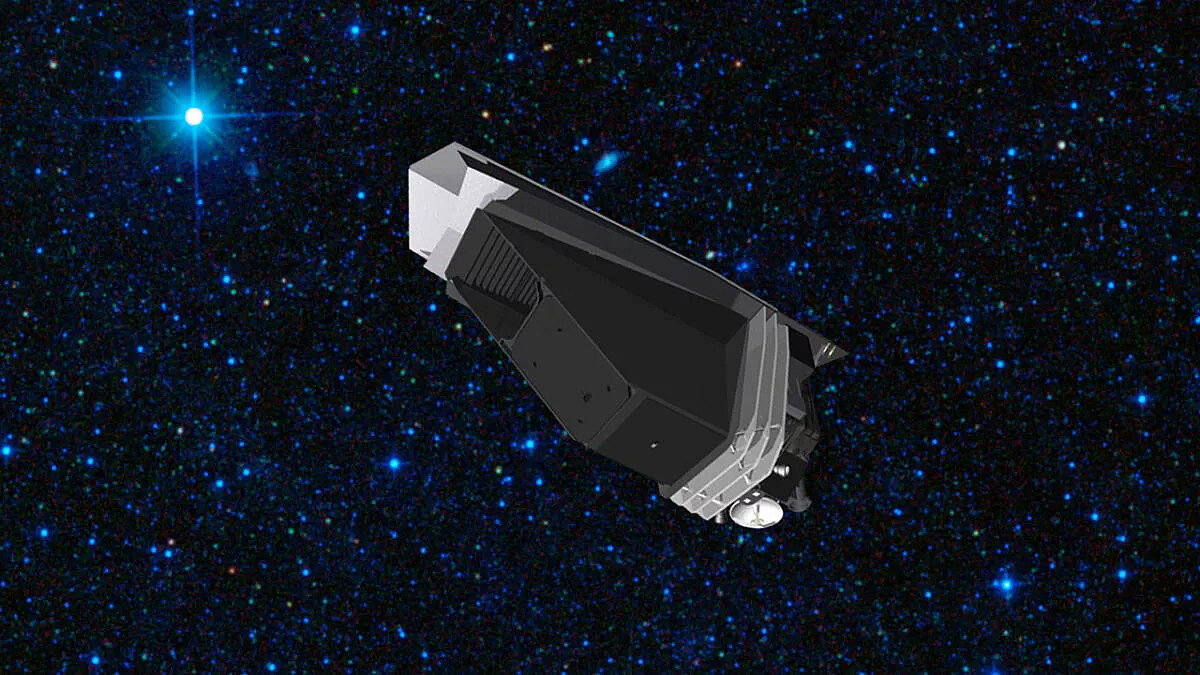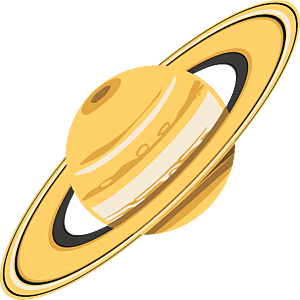The Downlink • Jul 01, 2022
Planetary accessorizing
Space Snapshot

In many ways, Saturn has it all; the planet itself is gorgeous, it’s got an iconic set of rings, and it boasts at least 82 moons. This image from NASA’s Cassini spacecraft captures a slice of Saturn’s collection: with the edge of the rings in the background, the foreground shows the moons Janus on the far left, Pandora near the center of the image, brightly reflective Enceladus above center, Rhea on the far right, with Mimas just to its left. Image credit: NASA/JPL-Caltech/Space Science Institute.
You love space, now take action
This weekly newsletter is your toolkit to learn more about space, share information with your friends and family, and take direct action to support exploration. Anyone can subscribe at planetary.org/connect to receive it as a weekly email.
Mission Briefings


BepiColombo has completed its second Mercury flyby. The ESA/JAXA mission flew past the planet for a gravity assist maneuver on its trajectory to ultimately settle into orbit around Mercury in 2025. BepiColombo’s voyage includes many such flybys: in total it will pass Earth once, Venus twice, and Mercury six times to help it reach the speed necessary to enter into Mercury’s orbit. During flybys like this, the spacecraft captures images and scientific measurements — consider it bonus science. Image credit: ESA/BepiColombo/MTM.

A 19-year-old Martian water-spotter is getting a software upgrade. The MARSIS instrument on ESA’s Mars Express spacecraft, which launched in 2003 and had a role in the discovery of signs of liquid water on the red planet, is receiving a major software upgrade that will allow it to see beneath the surfaces of Mars and its moon Phobos in more detail than ever before. The MARSIS software was originally designed over 20 years ago, using a development environment based on Microsoft Windows 98.

The launch of NASA’s Psyche asteroid mission has been delayed. The mission team needs more time to test the spacecraft’s software and won't be ready before the launch window closes in October. Launch windows are dependent on the alignment of Earth with the mission’s target. The next possible launch periods are in 2023 and 2024, meaning the spacecraft would arrive at the asteroid in 2029 or 2030, respectively.
Special report: Advocacy success!

We are proud to report that after weeks of advocacy work by members and supporters like you, the U.S. House of Representatives has restored funding for NASA’s NEO Surveyor mission. The House Commerce, Science, and Justice Committee is allocating $94.9 million USD to the asteroid-hunting mission, a significant increase over NASA’s budget request, which would allow the spacecraft to launch sooner than NASA’s 2028 projection. This represents a victory for space advocates like you who petitioned Congress to restore funding to this critical planetary defense mission. Thank you!
You can still do more to support planetary defense by donating to our planetary defense program today.
From The Planetary Society


Planets seem to know the importance of accessorizing. Moons and rings adorn most of the planets in our Solar System, enhancing their beauty and adding to their scientific intrigue. But where do they come from? Explore how planets get their rings (and sometimes lose them) and the myriad ways that moons form. Pictured: Saturn’s rings with its moon Mimas in the upper right. Image credit: NASA et al.

With asteroids, it’s a love-hate relationship. They are intriguing little worlds that can teach us about the early Solar System, but they also have the potential to wipe out life on Earth as we know it. But in both cases, the thing to do is study them. June 30th was Asteroid Day, an annual celebration that honors the promise and threat of asteroids equally. Asteroid Day co-founder Danica Remy and Detlef Koschny, acting head of the European Space Agency’s Planetary Defence Office, joined this week’s Planetary Radio to talk about the scientific intrigue of asteroids and our latest efforts to keep them from impacting the Earth.

The outer planets might be getting another visitor. A mission proposal funded by the China National Space Administration (CNSA) outlines a Neptune orbiter that could potentially launch in 2030 and reach the ice giant in 2040 via a Jupiter flyby. While it’s not clear yet whether the mission will proceed, it shows that the CNSA has ambitious goals for planetary science and exploration.
What's Up

The five visible planets (Mercury, Venus, Mars, Jupiter, and Saturn) can be seen with the naked eye low on the eastern horizon before dawn. Jupiter and Saturn are both rising early enough now that they can be seen in the evening and midnight skies, respectively. Get the full scoop on what to look for in the July night sky.
Wow of the Week

Uranus and its rings are set in an unusual context in this artwork by Planetary Society member Christian Scheck. You can find more depictions of planets in architectural spaces on Scheck’s Instagram page.
Send us your artwork!
We love to feature space artwork in the Downlink. If you create any kind of space-related art, we invite you to send it to us by replying to any Downlink email or writing to [email protected]. Please let us know in your email if you’re a Planetary Society member!


 Explore Worlds
Explore Worlds Find Life
Find Life Defend Earth
Defend Earth


